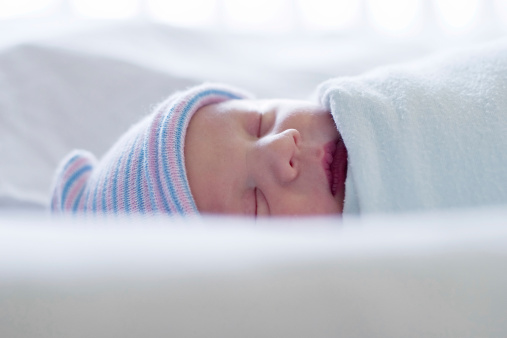
Sudden Infant Death Syndrome (SIDS), a condition that results in the death of thousands of babies in the U.S. each year, may be linked to a brain abnormality in some cases, according to a new study.
Researchers at the National Institutes of Health found that more than forty percent of infants in a group who died of SIDS has an abnormality in their hippocampus, the part of the brain that helps control certain functions such as breathing, heart rate and body temperature. SIDS is the leading cause of death in babies between one month and one year old in the U.S.
“The new finding adds to a growing body of evidence that brain abnormalities may underlie many cases of sudden infant death syndrome,” said Marian Willinger, special assistant for SIDS at the National Institute of Health. “The hope is that research efforts in this area eventually will provide the means to identify vulnerable infants so that we’ll be able to reduce their risk for SIDS.”
The researchers looked at sections of the hippocampus from 153 infants who had autopsies at the San Diego medical examiner’s office after a sudden unexplained death between 1991 and 2012.
The specific part of the hippocampus that may be involved in SIDS is a structure called the dentate gyrus. In babies in the study who died of SIDS, the dentate gyrus had a double layer of nerve cells instead of the more typical single layer.
“The pattern of abnormal changes in the dentate gyrus suggests to us there was a problem in its development at some point in late fetal life or in the months right after birth,” says Hannah Kinney, the lead author of the study and an NIH researcher.
The researchers found the abnormality in the dentate gyrus in about 41 percent of the babies whose deaths had been unexplained and in more than 7 percent of a control group of babies whose cause of death was known.
The researchers found the abnormality in SIDS cases both where babies had been in unsafe sleep environments such as face down, as well as in safe sleep environments such as on their backs.
“SIDS is a syndrome that likely results from a number of different causes and not the result of only a single abnormality or underlying disorder,” Kinney says.
The best ways to reduce the risk for SIDS, she added is to following the recommendations for safe sleep and other infant care practices. Those recommendations can be found here.
The study was published online in Acta Neuropathologica.





